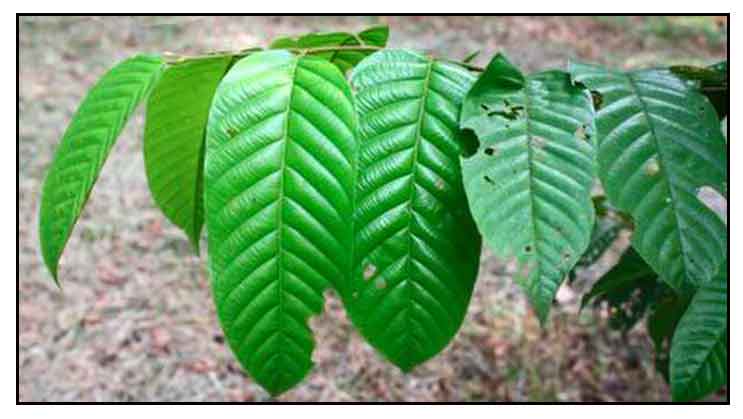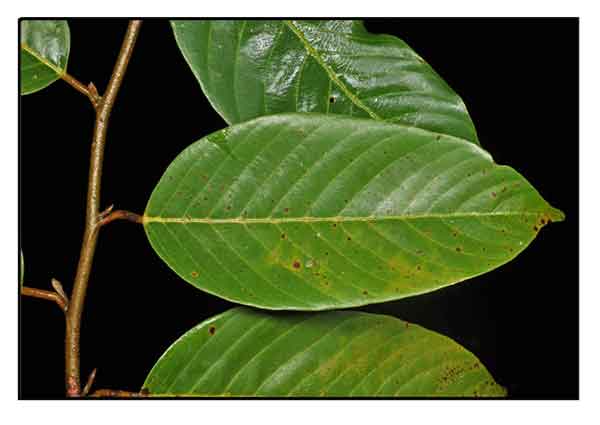
Family • Dipterocarpaceae
Guijo
Shorea guiso (Blanco) Blume
RED BALAN
| Scientific names | Common names |
| Anisoptera guiso (Blanco) A. DC. | Giho (Tag.) |
| Dipterocarpus guiso (Blanco) Blanco | Guijo (Tag.) |
| Euphorbia malaanonan Blanco | Guiso (Tag.) |
| Isoptera burckii Boerl. | Taralai (Tarlac) |
| Mocanera guiso Blanco | Yamban-yamban (Zambales) |
| Shorea gala Baill. | Red balan (Engl.) |
| Shorea guiso (Blanco) Blume | Red balau (Engl.) |
| Shorea longipetala Foxw. | Red selangan (Engl.) |
| Shorea obtusa var. kohchangensis F.Heim | |
| Shorea pierrei Hance | |
| Shorea robusta var. schmidtii F.Heim | |
| Shorea vidaliana Brandis | |
| Shorea vulgaris Pierre ex Laness. | |
| Shorea guiso Blume is an accepted name. KEW: Plants of the World Online | |
| Other vernacular names |
| FRENCH: Balau rouge. |
| INDONESIA: Balau merah, Membatu, Selangan batu. |
| KHMER: Chor chong. |
| MALAY: Balau, Beraja (Indonesia), Selangan Batu Merah (Sabah). |
| SPANISH: Guijo. |
| THAI: Lan ton, Saraya daeng, Saya daeng, Teng tani. |
Updated January 2023 / October 2020 / June 2017 / August 2014
May 2013
![]()
 |
| PHOTOS / ILLUSTRATIONS |
| IMAGE SOURCE: Photograph / Shorea (Shorea guiso) / click on image to go to source page / © Angela Hijjas / ARKIVE |
| OTHER IMAGE SOURCE: Photo Dipterocarpaceae : Shorea guiso amara / Leaf / Copyright © 2018 by P B Pelser & J F Barcelona (contact: pieter.pelser@canterbury.ac.nz)) [ref. DOL131722] / Non-Commercial Use / Phytoimages.siu.edu |
Additional
Sources and Suggested Readings |
DOI |
• |
| List of Understudied Philippine Medicinal Plants |
 |



